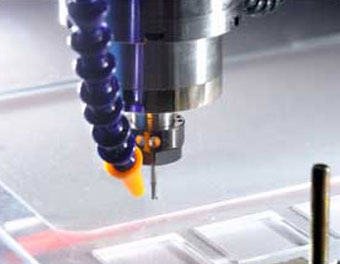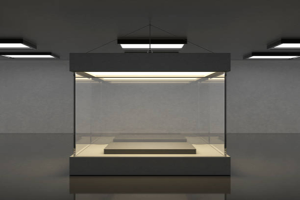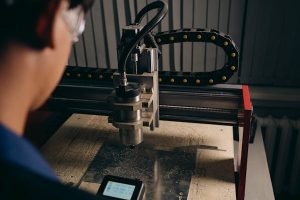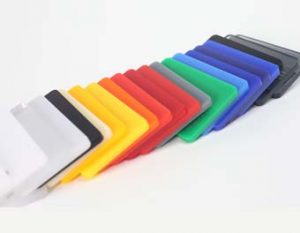Have you ever admired the intricately carved wooden sign hanging outside your favourite shop or marvelled at the smooth, precise edges of a custom acrylic display? Chances are, these creations were born in the fascinating world of CNC routing. But what exactly is this process, and how does it transform raw materials into stunning masterpieces?
Unveiling the Acronym
CNC stands for Computer Numerical Control, essentially meaning the machine is guided by pre-programmed instructions. In the case of CNC routing, this translates to a computer controlling the movement of a cutting tool across a fixed piece of material (the workpiece).
The Dance of Machine and Material
The core steps of the CNC routing process are:
- Design and Programming: Your vision comes to life in a digital design created with CAD (Computer-Aided Design) software. This design is then translated into G-code, a set of instructions for the CNC machine. Imagine it as a detailed recipe for the machine to follow.
- Material and Fixture: Securely clamp the chosen material (wood, plastic, metal, etc.) onto the CNC router’s bed using fixtures. These hold the material firmly in place throughout the cutting process.
- Tool Selection: Choosing the right tool is crucial. Different bits come in various shapes and sizes to handle specific tasks, like drilling, carving, or grooving.
- The Cutting Ballet: This is where the magic happens! The CNC machine, guided by the G-code program, meticulously moves the chosen tool along the designated path on the workpiece. Shavings dance in the air as the material takes shape, revealing your design with astonishing precision.
- Finishing Touches: Once the programme is complete, the finished product emerges. Depending on the material and desired outcome, sanding, polishing, or additional finishing steps might be required.
Beyond the Basics
The beauty of CNC routing lies in its versatility. Here are some additional aspects to explore:
- Multi-axis Machining: Most CNC routers have three axes (X, Y, and Z), allowing for cuts in various directions and creating 3D forms.
- Tool Changers: Some machines boast automatic tool changers, enabling them to handle complex projects requiring multiple tools without manual intervention.
- Advanced Techniques: Intricate inlays, intricate patterns, and even 3D sculpting are all within the realm of possibility with advanced CNC techniques.
The Appeal of the Router
So, why choose CNC routing over traditional cutting methods? Here are some compelling reasons:
- Precision and Repeatability: CNC machines eliminate human error, ensuring consistent, identical cuts every time.
- Speed and Efficiency: Automation significantly reduces production time, making it ideal for large or repetitive projects.
- Complexity and Versatility: From simple shapes to intricate designs, CNC routers can handle a vast range of materials and project requirements.
- Minimal Waste: Precise cuts minimise material waste, making them a more sustainable option compared to manual methods.
Whether you’re a seasoned maker or a curious newcomer, delving into the world of CNC routing unlocks a universe of creative possibilities. It’s a process that combines technology, artistry, and meticulous planning to transform raw materials into objects of beauty and function. So, the next time you encounter a meticulously crafted piece, remember the intricate dance of machine and tool that brought it to life through the magic of CNC routing.
Now it’s your turn! Share your thoughts on CNC routing in the comments below. Have you ever used a CNC router before? What projects would you love to create with this incredible technology?Remember: This blog post is for informational purposes only and does not constitute professional advice. Always consult with a qualified professional before using or operating any machinery.










